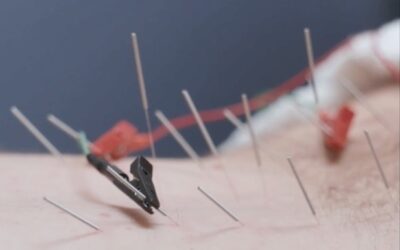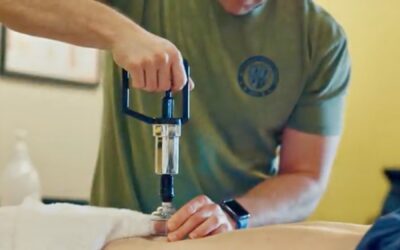Here are some things to consider when you have pain while running.
- If the pain that you experience while running is “acceptable,” remain at that level until you are tolerant of it. Acceptable pain remains stable, does not lead to altered mechanics, and returns to baseline within 24hrs,
- If the pain that you experience while running escalates and/or becomes “unacceptable,” discontinue the session and contact your therapist to determine appropriate modifications and best next steps.
- Pain that progressively worsens to the point of adopting altered mechanics and/or results in the use of NSAIDs or pain medication for relief indicates high risk. Stop running immediately and contact your therapist.
Pain Monitoring Model
Here is an image taken from Zeren PT (Chris Johnson) demonstrating the pain scale of when it’s safe to return to running or when someone should stop.

If you are experiencing pain while running, it’s important to get an assessment from a qualified physical therapist. A good therapist will look at your strength, running mechanics, and running volume to determine the best course of action.
Shoe Wear
A physical therapist may also provide education on shoe wear that is most optimal for you, based on body mechanics and injury history. While shoe wear is a much less likely culprit in producing pain and injury, it is certainly another factor to consider , when all other training principles are addressed.
Considerations when selecting a running shoe:
- Is it comfortable? This is the single most important factor when selecting a shoe. There are many flashy options and popular brands, but at the end of the day, comfort is key.
- Does it fit my foot anatomy? Here are ways to check, and ask the following questions:
- Can my foot fit in the sole of this shoe? Take the sole of the shoe out and step on it. Do your toes fit the toe box? Do your toes leak over the edges of the sole? Chances are, if you notice that your toes are hanging out beyond the edges of the sole, it may be too narrow.
- Does the “break point” match with the joint of your big toe where it bends while running? Bend the shoe to check for flexibility in the upper half. It should bend and break near the top, not in the middle to bottom half, to follow the natural extension of your big toe.
- Is the shoe “neutral,” meaning when I look at the shoe from the back, is the heel tilted or slanted one way versus another. A neutral shoe allows for more foot motion to occur, such as pronation and supination, two natural foot motions that must occur while running.
- Injury history. There is a wide range of shoes that can generally be categorized into two categories, traditionalist or minimalist, and one may be more optimal than the other based on any previous injuries you may have sustained. Traditional running shoes tend to have a higher heel drop, where the back part is elevated above the front. Minimalist shoes, or zero drop shoes, have no difference in height or elevation throughout. Many shoes fall along a spectrum, as it is not always black and white, but one may be better for you based on personal injury history. Notice the difference between the two below.


Minimalist vs. Traditionalist Shoes
A minimalist shoe (left) alters your lower body biomechanics by increasing the work at the foot and ankle, placing a higher demand on structures such as the Achilles tendon, foot joints, plantar fascia, and foot intrinsic musculature. A traditionalist shoe alters your lower body biomechanics to increase the work and demands of the structures at the knee and hip joints, and less at the foot and ankle.
So, who would potentially benefit from a shoe with a higher heel drop? Those who have a history of foot or ankle specific injuries, including Achilles tendonitis or tendinopathy. Who would potentially benefit from a zero drop, minimalist shoe? Those with a history of knee injuries, including patellar tendonitis or tendinopathy. To reiterate, it is unlikely your pain and injury is due to your running shoe, however we always want to provide information that may impact performance.
Conclusion
It’s best not to ignore the pain and use band aids such as NSAIDS, ice, and stretching. Having a coach to help you monitor your training will be an important tool to help keep you healthy and not miss training time due to pain or injury. Are you struggling to run, either due to pain or lack of coaching? SJPT is here to help. Schedule a consultation today!



